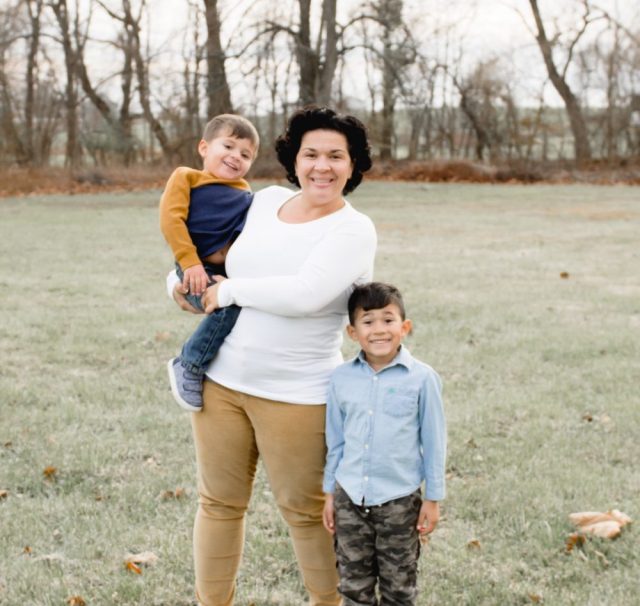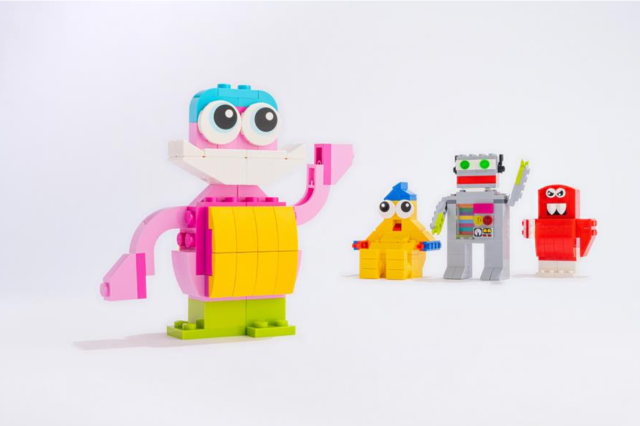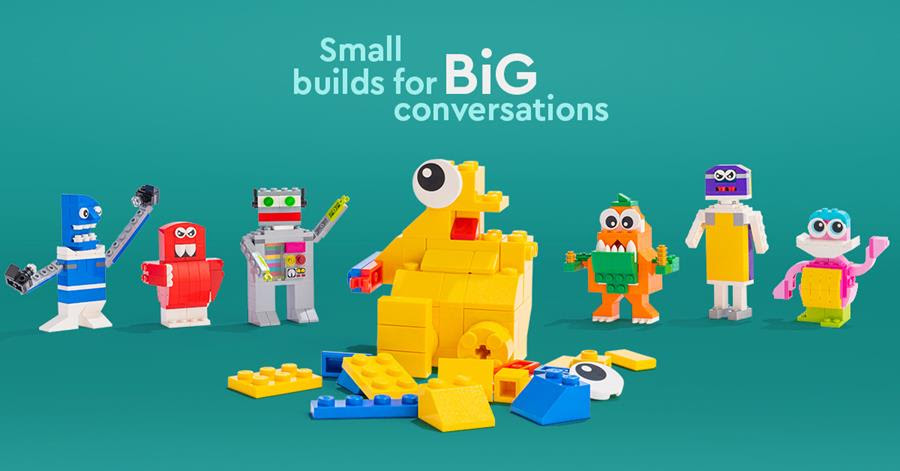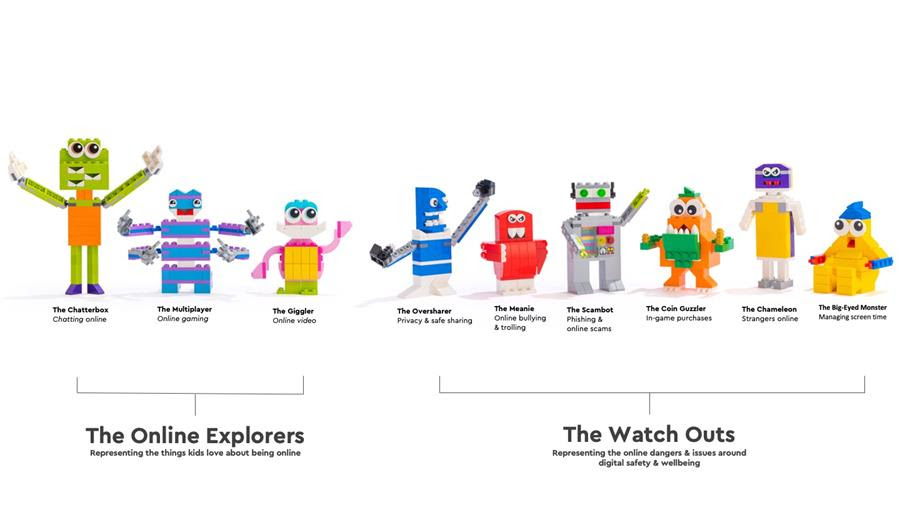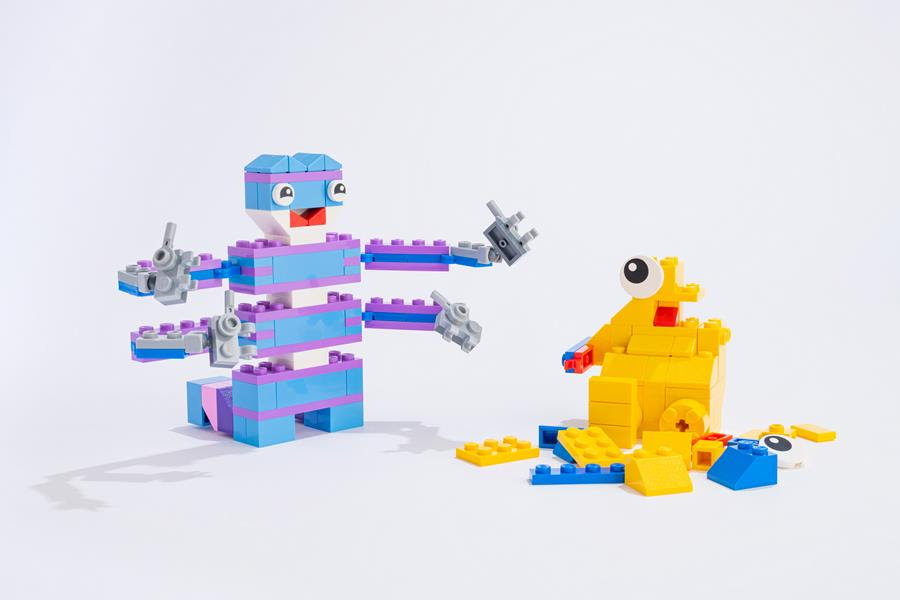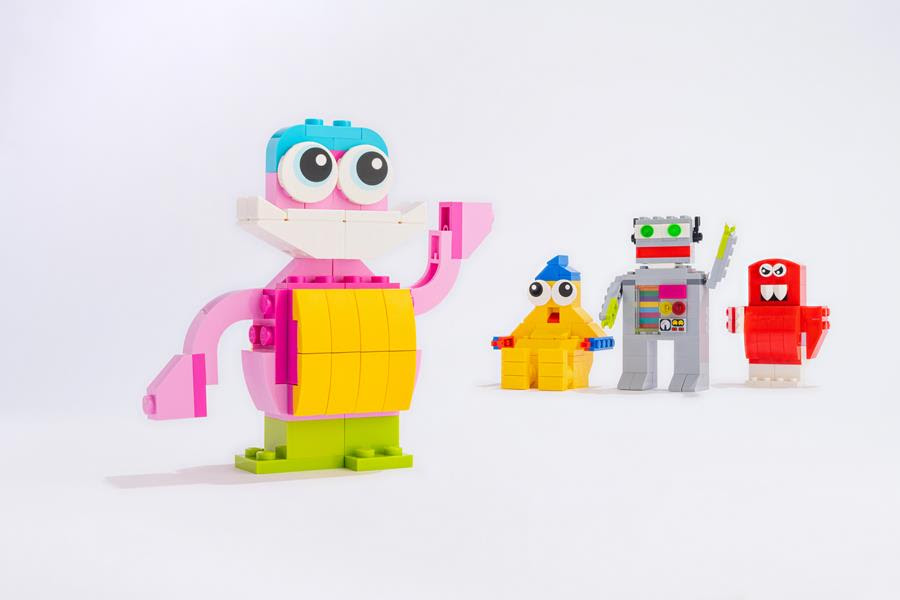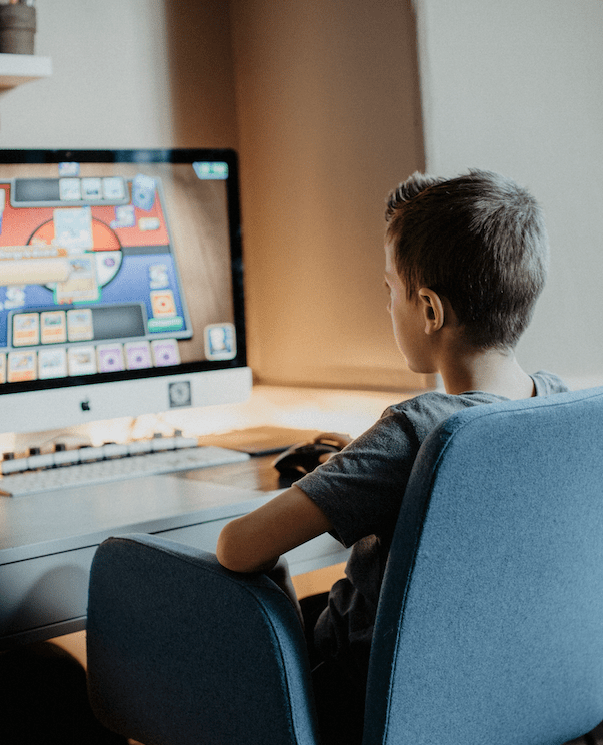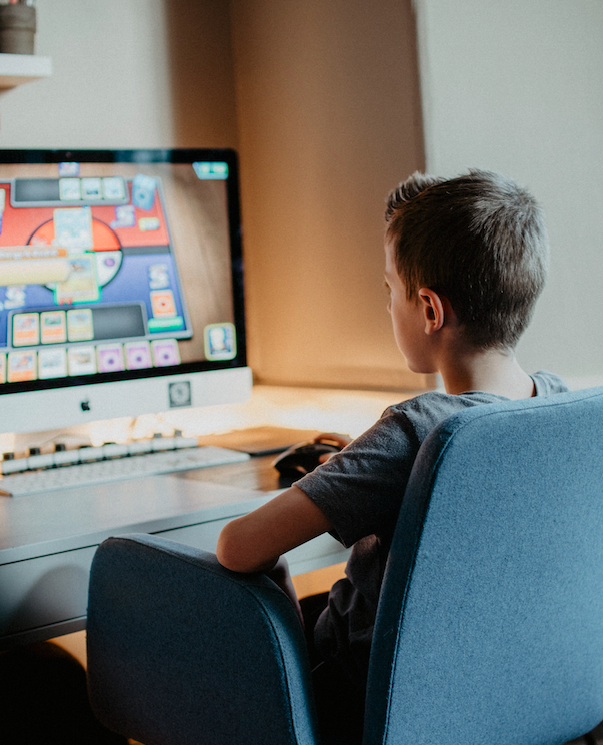
The soccer team huddled around one boy’s phone, leaning in to get a closer look. The image on the screen was of a 13-year old student’s breasts. The private photo, taken months earlier, had gone viral.
Yes, unfortunately, sexting happens in middle school. To start, let’s clarify the definition of sexting.
Sexting is defined as “the action of sending sexually explicit photos, videos or messages via mobile phone or the internet.” Middle school counselors and teachers are concerned about the behavior as it is becoming increasingly common.
Youth Sexting Statistics
According to a 2017 Study by JAMA Pediatrics, 14% of youth reported sending sexts, and 27% reported receiving sexts. Also, 1 in 8 youth reports either forwarding or having a sext forwarded without their consent.
Why are middle school students sexting?
According to KidsHealth, there are various reasons kids are sexting, such as peer pressure, getting attention, flirting, or as a joke or dare. The fact that tweens and teens’ prefrontal cortex is not fully formed, the part of the brain that manages impulse control, also contributes.
What problems result from sexting?
As illustrated in the opening story, private photos are often widely shared, negatively impacting reputations and mental health. In some states, sharing illicit photos and videos is a crime. Tweens and teens may face charges and legal consequences. Sharing or having a nude photo on your phone could result in a child pornography charge. One impulsive decision can affect a student’s life for years to come.
What can parents do?
1. Regular family conversations about online behaviors build a foundation as tweens and teens navigate their lives online.
Helping kids understand and avoid oversharing is an important step. Share real stories about teens that overshared online and how it impacted their life. Share stories of how colleges and employers look at social profiles before accepting or hiring students. Make sure kids understand the legal consequences of sexting.
Conversation starter: “I was watching the news and saw a story about some kids who got in trouble for sending nude pictures to friends. Did you hear about that?”
2. Regularly remind teens that nothing shared online is ever private.
Before posting anything, it’s essential for teens to consider how they would feel if a wider audience saw the image or message. (i.e. Grandma, school principal, coaches, other friends, other parents, your whole school, college admissions person). Remind them that once images are out there, they leave a digital footprint. They can’t “take it back.”
Conversation starter: “Can we talk about the types of things you and your friends share online? I want to make sure you’re taking care of yourself and looking out for your friends too.”
3. Keep the tone of conversations non-judgemental and informative.
This will help to keep the dialogue going instead of sounding like a lecture. Rather than leading the discussion, make sure you listen to your tween/teen. Discuss the pressures that teens often experience to send inappropriate photos.
Conversation starter: “Have you heard about sexting? Do you know anything about it?”
Bottom line, sexting is becoming increasingly common. Start conversations as soon as your child has a smartphone and revisit conversations regularly. Developing healthy online habits takes attention, discussion, and lots of practice. The road is full of bumps but luckily gets smoother as parents help kids navigate the potholes.
















